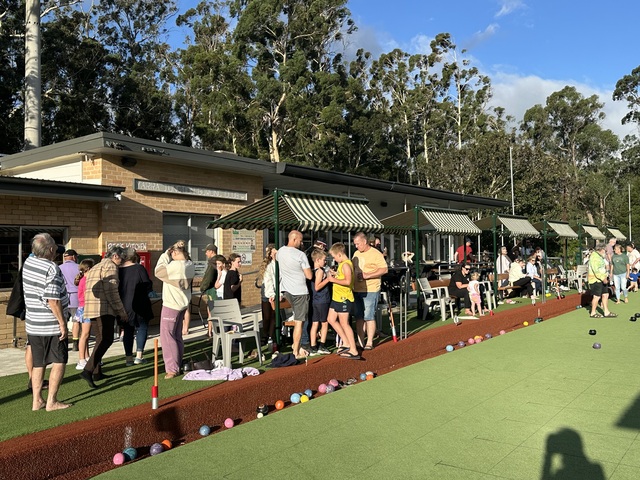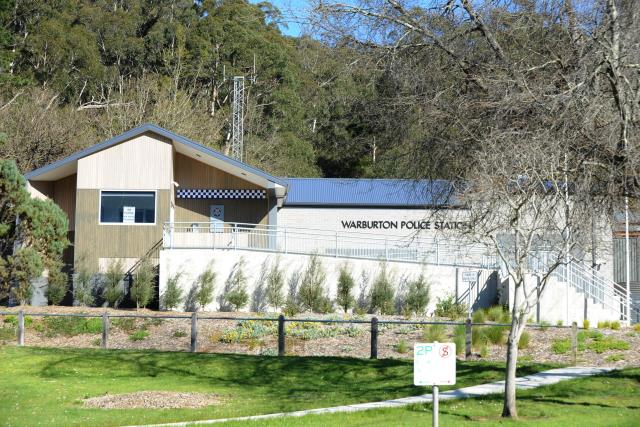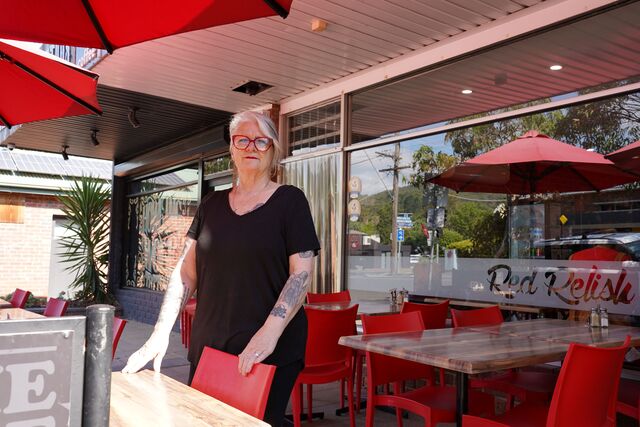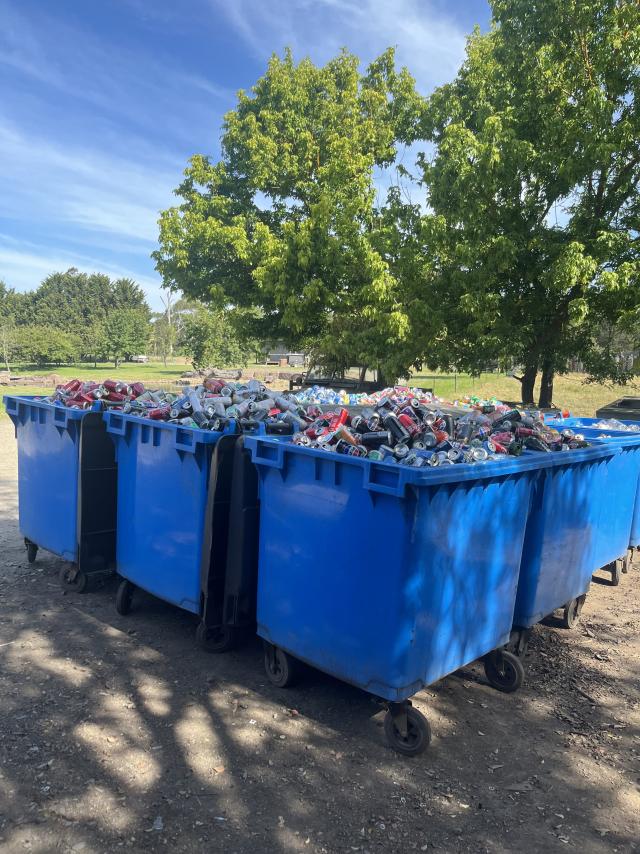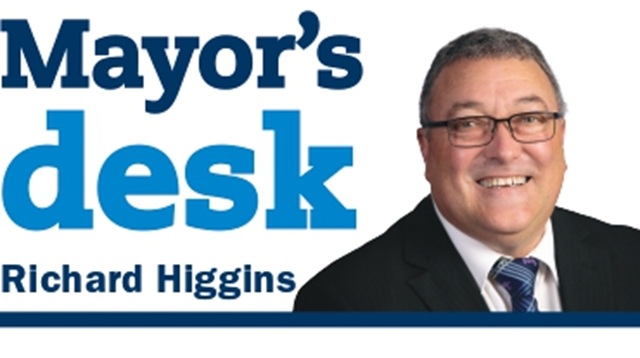By Monique Ebrington
WARBURTON’S Signs Publishing Company flicked the switch on their $3 million investment into the company, and the community, last week.
The multi-million dollar production upgrade includes a folding machine, an industrial guillotine and the 63-tonne 10-colour Heidelberg printer, which had to be installed piece by piece over three months.
The recently installed printer produced its first print run last Monday, 8 and marked a new chapter in the company’s already rich history within the Upper Yarra.
In 2006 Signs Publishing Company and the Adventist Church celebrated 100 years in Warburton.
For more than a century management has been committed, foremost, to the printing and distribution of Seventh Day Adventist literature as well as printing for commercial enterprises, individuals and community groups.
Signs Publishing editor Nathan Brown said Warburton was part of the company’s identity, and they did not plan on leaving the township anytime soon.
“To invest that much in new equipment is a sound indication that we want to make it work here and continue to be a part of the Warburton community,” Mr Brown said.
“I imagine that this will be the most significant business investment to happen in Warburton this year and we are proud to be part of the community as it is part of our ongoing identity.”
Heidelberg Printing Instructor John McGuffie was in Warburton last week, teaching the printing team at Signs Publishing how to use the new equipment.
Mr McGuffie said that the new machine would cut production time to almost half that of the previous machine.
“It can print both sides of the paper simultaneously in one pass through the machine,” Mr McGuffie said.
“Even though they [Signs Publishing] are country-based, they have the very latest technology.
“They’re up to the standard of the best printers we supply to.”
He said the previous machine could only print one side of the paper at a time and made ‘twice as much noise’ as its advanced upgrade.
Warburton resident, and Signs Publishing’s Production Manager, Ray Portbury started at the company more than 40 years ago and has watched the evolution of the company and printing technology throughout his career.
He said that when he started his apprenticeship as a bookbinder at the company, back in 1967, the printers did most of the work by hand.
“Half of the press then were actually letter, set so I’ve seen a big change over the years,” Mr Portbury said.
While Mr Portbury is part of the company’s rich history, he laughed off questions that he might be around to see the new printer’s upgrade.
The replaced printer, which the company used for 15 years, will be taken apart and shipped to Shanghai, China in the coming months.
BIG print
Digital Editions
-

A victory for Lusatia’s Thirds
First XI Playing at home again this week, we faced off against a youthful Wonga Park. Batting first on a lightning-fast Woori Yallock Reserve our…

